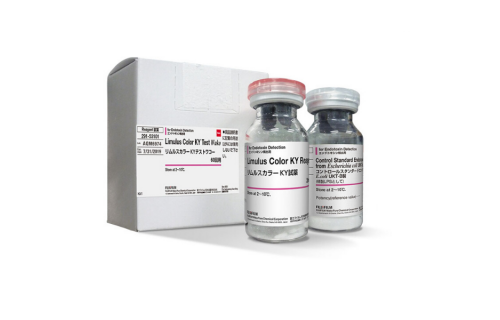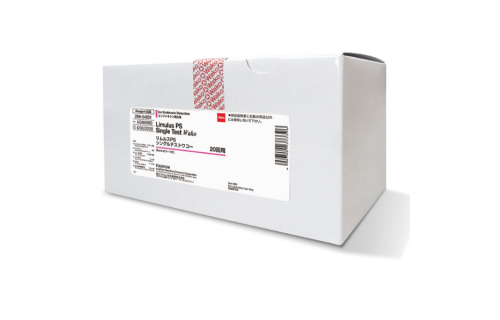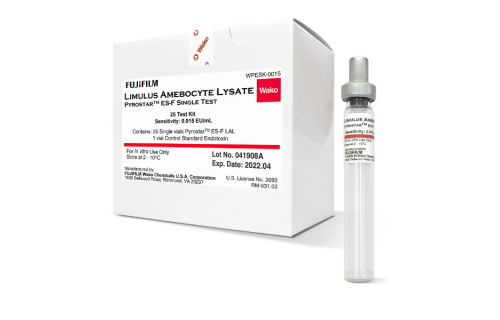Advantages of the LAL Assay
The outer membranes of Gram-negative bacteria contain liposaccharide molecules called endotoxins. Human exposure to endotoxins triggers a strong inflammatory reaction, which can be life-threatening. To avoid this, the FDA requires that all pharmaceuticals and medical devices be tested for endotoxin levels. Medical device extracts must contain below 0.5 EU/mL if they contact the cardiovascular or lymphatic system, or 0.06 EU/mL if they contact cerebrospinal fluid.
There are several methods for testing endotoxin levels. During the early 1900s, the first endotoxin assays were performed using rabbits, known as the rabbit pyrogen test. Rabbits were injected intravenously with the test solution, and a rise in body temperature was used as a basis for detecting potentially dangerous levels of endotoxins. However, this posed numerous practical challenges, being both expensive and time-consuming. The assay also raised ethical concerns regarding the treatment of animals.
The rabbit pyrogen test was later replaced by the Limulus Ameobocyte Lysate (LAL) test, which remains the most popular option to this day. The blood of horseshoe crabs contains an enzyme that promotes clotting upon exposure to endotoxin. This provides a reliable method for detecting and quantifying endotoxin levels.
Several variations of the LAL assay exist for different applications. The simplest form is the LAL gel clot assay, which monitors a piece of LAL gel for clotting upon exposure to a test sample. More advanced techniques rely on turbidimetric or chromogenic methods for quantification. In addition, after a fungal polysaccharide called (1→3)-β-D-glucan was shown to also induce clotting in the LAL assay, kits from FUJIFILM Wako now include high levels of this compound, thereby inhibiting its interference with the detection method.
The LAL assay offers numerous advantages over the rabbit pyrogenic test. The assay allows for direct quantification of endotoxin levels without individual variability while minimizing potential sources of error. In addition, the test is fast and inexpensive, being commercially available in several kits from FUJIFILM Wako. Finally, unlike the pyrogenic test, which poses considerable risks to the laboratory animals, extraction of blood from horseshoe crabs is safe for the animals, and they are released back into the wild after the procedure.
Since the initial development of the LAL test, other methods for endotoxin detection have been introduced. Protein-based biosensors such as CD14 have been used to develop sensitive endotoxin assays. However, these methods have been criticized for a large margin of error and the potential for false positives, since CD14 does not bind specifically to endotoxins.
Other types of endotoxin biosensors have also been proposed, including peptides, antibodies, adaptamers, cells, and nanoparticles. However, these assays suffer from a similar cohort of problems, including a lack of binding specificity, poor sensitivity, high cost, and a time- and labor-intensive production process. For this reason, the LAL assay still remains the most reliable and cost-effective method for endotoxin detection.






